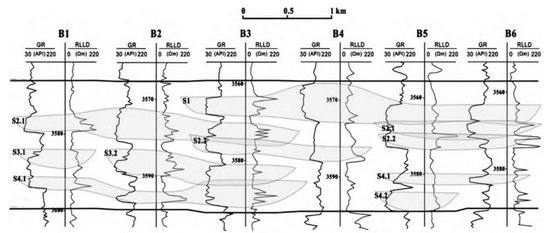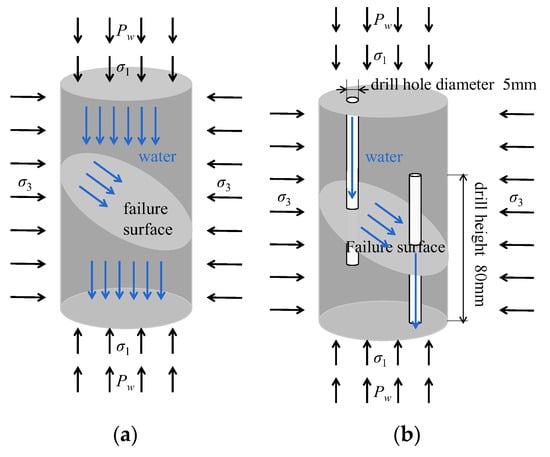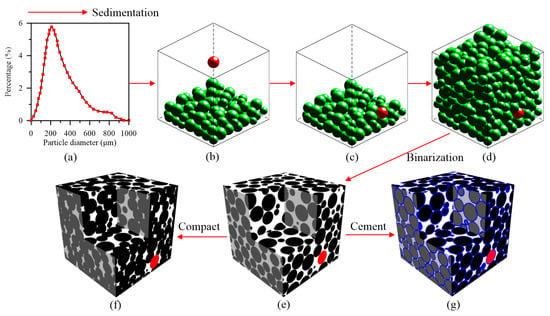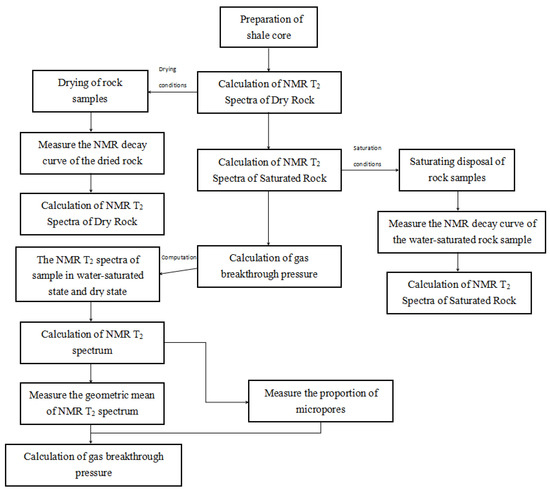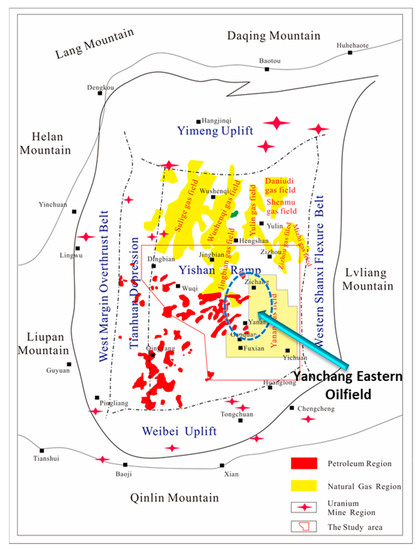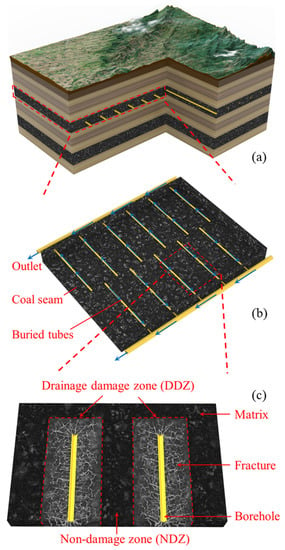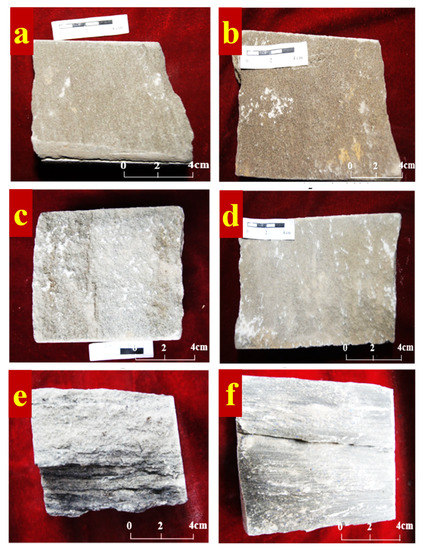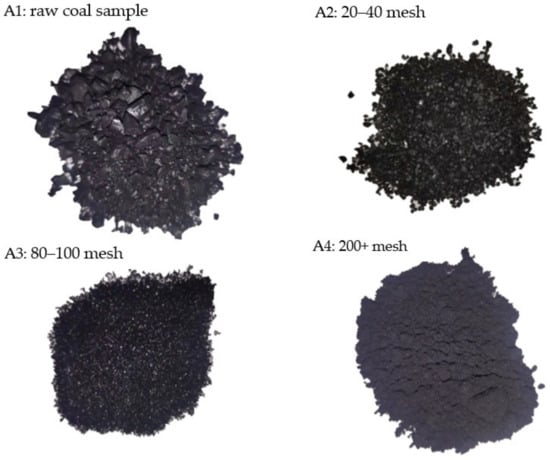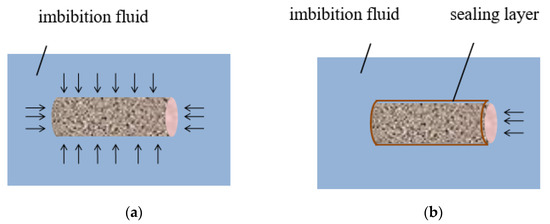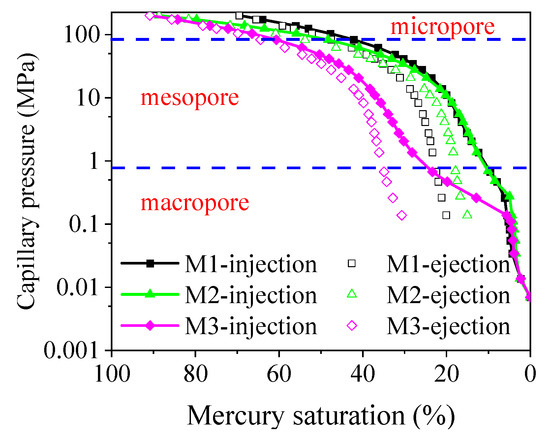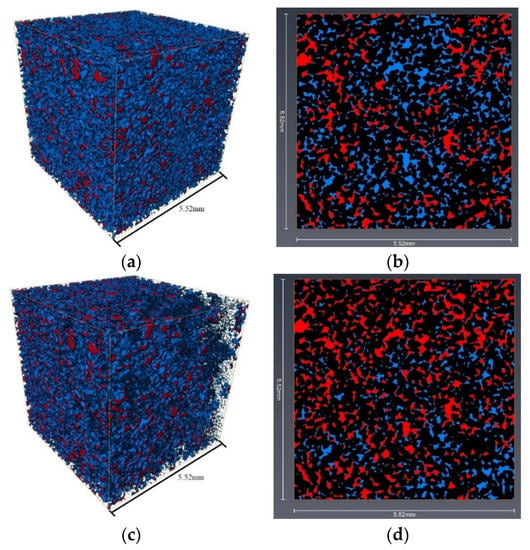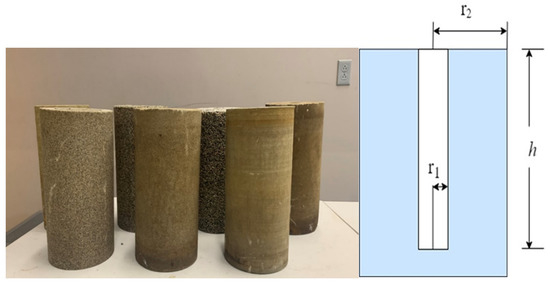Flow and Transport in Porous Media
A topical collection in Energies (ISSN 1996-1073). This collection belongs to the section "H: Geo-Energy".
Viewed by 21497Editor
Interests: porous media; nanofluids; EOR; fractal; capillary pressure; imbibition; mutlphase flow in porous media
Special Issues, Collections and Topics in MDPI journals
Topical Collection Information
Dear Colleagues,
Flow and transport in porous media are of great significance for basic scientific research as well as cutting-edge technical applications, such as geological energy storage, hydrocarbon recovery, nano-fluidics, fuel cells, etc. Many fundamental and practical aspects of flow and transport processes, which are crucial in various energy and environmental applications, are not well understood. For instance, the existence of pore space morphology, different wetting conditions and interfacial forces of solid–fluid properties in porous media pose many scientific challenges to the fluid flow processes at different physical length scales. Moreover, the physics involved during the flow and transport in tight formations (e.g., shales, coal seam gas), nanomaterials, new emerging contaminants, and new remediation technologies require, probably, newer insight into the way we model porous media problems. Therefore, in-depth understanding for the physical principle and fluid transport mechanism in porous media is of great importance for the energy sector. Over the past few decades, research has made significant breakthroughs and contributions to the understanding the fundamentals/challenges of fluid flow in porous media.
This Collection of Energies focuses on the recent advances on all aspects of fluid flow in porous media with an emphasis on new physical insights, experimental investigations, numerical modelling, and theoretical developments in a diverse range of disciplines. Research and review papers regarding these specific topics above are welcome. Topics of interest include, but are not limited to: multiphase fluid transport mechanism in porous media, computational fluid mechanics, novel experimental analysis and numerical modelling of multiphase fluid flow, multiscale and multiphysical modelling of fluid flow, and related technical applications.
Prof. Dr. Jianchao Cai
Collection Editor
Manuscript Submission Information
Manuscripts should be submitted online at www.mdpi.com by registering and logging in to this website. Once you are registered, click here to go to the submission form. Manuscripts can be submitted until the deadline. All submissions that pass pre-check are peer-reviewed. Accepted papers will be published continuously in the journal (as soon as accepted) and will be listed together on the collection website. Research articles, review articles as well as short communications are invited. For planned papers, a title and short abstract (about 100 words) can be sent to the Editorial Office for announcement on this website.
Submitted manuscripts should not have been published previously, nor be under consideration for publication elsewhere (except conference proceedings papers). All manuscripts are thoroughly refereed through a single-blind peer-review process. A guide for authors and other relevant information for submission of manuscripts is available on the Instructions for Authors page. Energies is an international peer-reviewed open access semimonthly journal published by MDPI.
Please visit the Instructions for Authors page before submitting a manuscript. The Article Processing Charge (APC) for publication in this open access journal is 2600 CHF (Swiss Francs). Submitted papers should be well formatted and use good English. Authors may use MDPI's English editing service prior to publication or during author revisions.
Keywords
- multiphase flow
- transport mechanism
- computational fluid mechanics
- advanced experimental analysis
- numerical modeling
- multi-scale transport phenomenon
- multi-physics flow process
- machine learning and big data
- underground energy storage
- wetting, capillarity, and interfacial phenomenon





